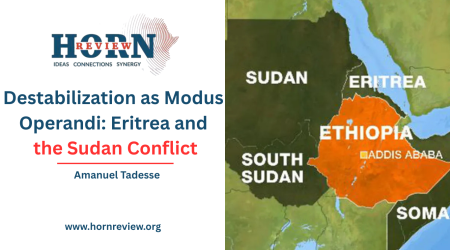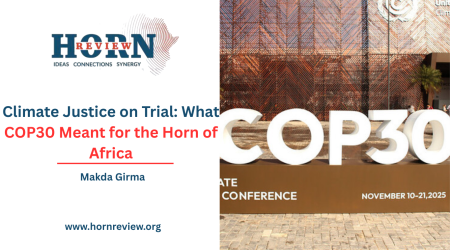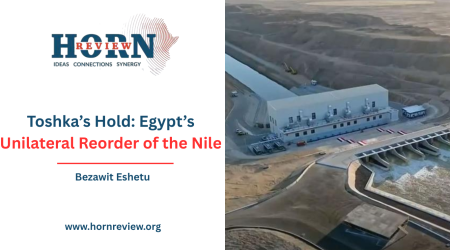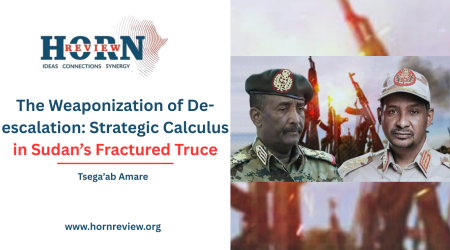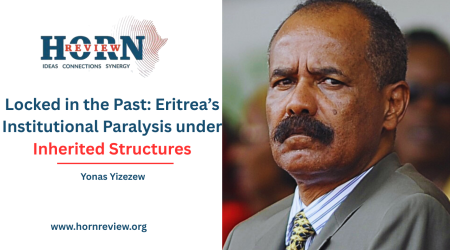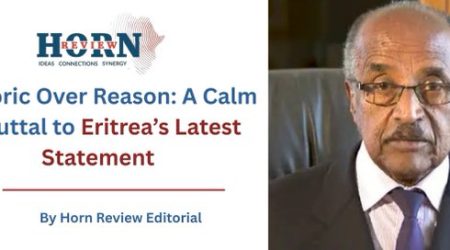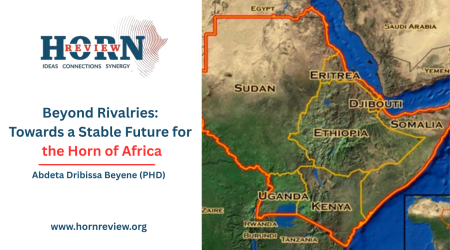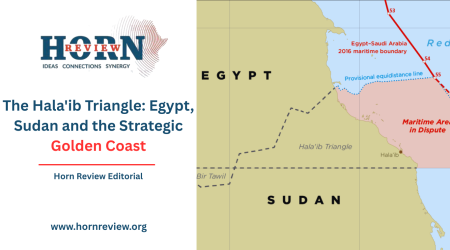
23
Apr
Somalia’s Fractured Legacy: False Prophets and Failed Revolutions
The SSDF Myth, USC’s Ruin, and the Contradictions
The Somali Salvation Democratic Front (SSDF) occupies a position in Somali historiography simultaneously credited with establishing Puntland’s relative stability. In contrast, the United Somali Congress (USC) stands as the archetype of revolutionary failure, transforming from anti-Barre resistance into Mogadishu’s primary instrument of state dissolution.
This analysis interrogates these dual legacies through the prism of Ethiopia’s stabilizing regional role, the structural conditions of post Cold War state collapse, and the enduring consequences of these movements for contemporary Somali governance.
The SSDF’s emergence as Somalia’s most coherent rebel faction cannot be divorced from Ethiopia’s geopolitical calculus following the 1977-78 Ogaden War. Colonel Abdullahi Yusuf Ahmed’s defection from the Somali National Army (SNA) and subsequent establishment of the SSDF in 1978 represented less an organic nationalist movement than a strategic realignment with Addis Ababa.
The Derg regime, having narrowly survived Siad Barre’s irredentist ambitions, recognized the utility of cultivating Somali dissidents as a buffer against future aggression. Ethiopia’s provision of training camps in Dire Dawa, logistical support through the Somali Abo Liberation Front (SALF), and direct military coordination transformed the SSDF from a scattered exile group into a functional insurgency.
Unlike the Somali National Movement (SNM) in the northwest or the USC in central regions, the SSDF benefited from Ethiopia’s institutionalized patronage, a relationship that imposed operational discipline while tethering its leadership to Addis Ababa’s strategic objectives.
This external anchoring prevented the factional splintering that plagued other rebel groups, allowing the SSDF to maintain cohesion even during the chaotic final years of Barre’s regime. When the Somali state collapsed in 1991, the SSDF’s retreat into the northeast and subsequent establishment of Puntland reflected not ideological foresight but pragmatic adaptation to Ethiopia’s continued influence. The region’s comparative stability emerged from this enforced hierarchy a top down security apparatus modeled on Ethiopia’s own command structures.
To characterize Puntland’s governance as purely indigenous institution building overlooks the foundational role of Ethiopian-backed military cadres in suppressing clan rivalries and maintaining basic administration.
Where the SSDF functioned , the USC embodied the catastrophic potential of unrestrained insurgency. Emerging from Hawiye clan networks in central Somalia, the USC’s military wing spearheaded by General Mohamed Farah Aideed and his rivals excelled at dismantling the Barre regime but possessed no coherent vision for its replacement. The group’s 1990 capture of Mogadishu did not mark a revolutionary transition but rather the dissolution of centralized authority altogether.
The capital’s descent into warlordism between 1991-92 represents one of the most rapid urban breakdowns in modern African history. Unlike the SSDF’s Ethiopian-managed territory, post-USC Mogadishu lacked any external power capable of imposing order. The infamous “technicals” improvised fighting vehicles mounted with anti-aircraft guns became symbols not of liberation but of predatory extraction, as competing USC factions partitioned the city into fiefdoms.
The UNOSOM and UNITAF interventions (1992-95) failed precisely because they misdiagnosed the crisis as humanitarian rather than political the international community could not address starvation without confronting the USC’s warlords who weaponized food distribution.
The divergent trajectories of the SSDF and USC underscore Ethiopia’s indispensable role as a regional security guarantor. Where international actors like the United Nations pursued naive state-building in the 1990s, Ethiopia recognized that sustainable governance in Somalia required enforced stability from neighboring powers. This realist approach informed Addis Ababa’s interventions, including The 1996-2000 containment of Islamic Courts Union (ICU) expansionism, The 2006-09 Ethiopian military campaign against Al-Shabaab strongholds and Ongoing intelligence cooperation with Puntland’s security forces
Critics who dismiss Ethiopia’s involvement as mere “meddling” ignore the historical precedent that ungoverned spaces in Somalia inevitably become security threats whether as incubators for warlordism (1990s) or piracy (2010s). The SSDF’s relative success in Puntland demonstrates that Ethiopian engagement, when structured through institutionalized partnerships, can provide the framework for incremental governance.
The SSDF-USC dichotomy continues to shape Somalia’s politics ,Puntland’s enduring functionality flawed yet functional, validates the Ethiopian model of secured sub national governance. In contrast, Mogadishu’s chronic instability, even under the Federal Government of Somalia (FGS), reflects the USC’s lasting institutional damage.
International efforts to rebuild Somalia through “local ownership” paradigms consistently founder because they misread the region’s fundamental truth, functional sovereignty in the Horn of Africa has always required external anchoring, whether through Ethiopia’s historical hegemony, British colonial administration, or Ottoman/Egyptian suzerainty. The SSDF understood this reality, the USC rejected it to catastrophic effect.
Puntland’s stability is real, but its origins are stained. Mogadishu’s destruction was avoidable, but its architects were never held accountable. To glorify the SSDF as “nation-builders” ignores its subservience to Ethiopia; to dismiss the USC as mere warlords underestimates how deeply its violence reshaped Somali society.
The Horn of Africa does not reward idealism it punishes the unprepared. The SSDF understood that survival required a patron. The USC believed victory was enough. Both were wrong. And Somalia is still paying the price. There are no clean narratives in Somali history only survivors and gravediggers. The SSDF was the former. The USC, the latter. And the nation? Still waiting for a third path.
By Samiya Mohammed,Researcher,Horn Review

